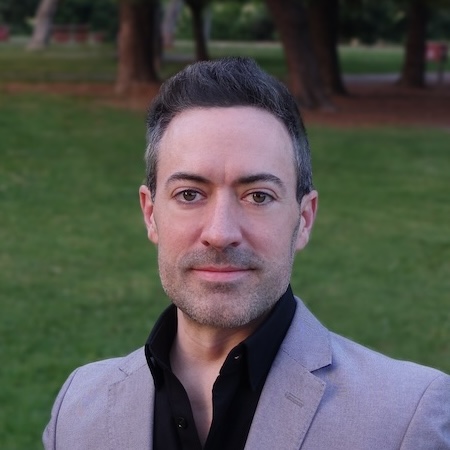Thoughts on the ‘full’ project
So, having read through The New Media Reader at length (which I’ll detail in another post), I was reminded of many of the features that I left out of the documentation that I put up here to fit the personal part of a PKB application. Although I feel that having an achievable minimum viable product is a plus for getting the idea off the ground, “clipping” the larger scope that I’ve envisioned seems like it could lead the project astray.
There are too many details to write out the full scope in a post at this time, but, suffice it to say, the larger goals of the “full” project are more like the following:
- An application that lives on the user’s computer to create and interact with their knowledge base.
- Sharing of branches or even full knowledge bases between other users (either directly, or through an intermediary service).
- Given the prior goals, the ability for a shared knowledge base of scientific literature.
The final point is significant. The aim here is to vastly improve the main method by which science incrementally improves, and documents this improvement: building upon the research previously done. The status quo is for the authors of a scientific paper to either be aware of the relevant literature, or to go searching for it while writing their manuscript.
The first issue with the status quote is that because the introduction/history is meant to be brief, they must write a synopsis of the relevant detail from the cited work. Sometimes this is as short as a significant number, and it could be as long as many sentences. However, unless they are writing a direct quote, it is always in their own words. Words that could be perfectly correct, or, in some cases inadvertently, or purposefully, misleading. And unless the reviewers and the future readers take the time to read the cited work and scourer it for the detail that is supposedly being cited, it will be taken on faith that the authors correctly summarized the relevant information. I, personally, have come across this issue in dozens of papers where I’ve go digging—and I’m positive it occurs more often than many would like to admit.
The second issue is that works that build on previous findings have no automatic mechanism to show the web of connections between findings, or the pyramid of giants they’re standing on. Thousands of papers could take as truth a finding reported decades ago. And, given that the file drawer problem is one of the pillars of the current crisis in science, it is quite possible researchers have found limitations, or even issues, with a finding, but have chosen not to publish it because it challenges the status quo. However, if a team does show that a finding fails to replicate, their paper is just going to be added to the ever-growing pile of papers in that domain. Maybe it will be disseminated widely, and maybe it won’t. However, there is absolutely no automatic mechanism right now to flag a finding from decades ago, let alone a year, that will be brought to the attention to any and all readers of the web of interconnected studies that cite and build off of a study brought into question.
It’s interesting, having learned to use various databases over the last several years, how important bi-directional consistency is, and yet, the web, and most tools even tangentially related to knowledge management, have absolutely no functionality to use and maintain bi-directional links. The term hyperlink was first proposed by Ted Nelson decades before the invention of the web, and it included the necessary component for following a link in both directions. I can’t say what happened, but I suspect that in the rush to build a good-enough web, the challenges involved with link consistency were deemed too hard, and left to be solved another day.
Finally, scientific journals have existed for centuries, and, even today, are still mostly stuck in the paper-based past. For instance, the model of each scientist keeping a database of formatted textual citations, actually typing or pasting these citations into their manuscripts, and requiring the readers (in most cases) to manually search for the cited work is absolutely antediluvian.
The coming “knowledge explosion” is still hindered by a thousand pain points in our insistence, and limited imagination, of dragging the long-dead horse of paper-based knowledge transfer into the future.
